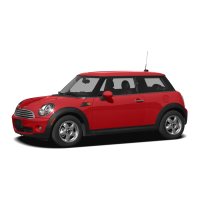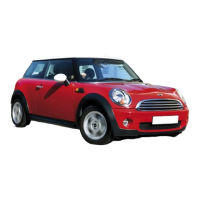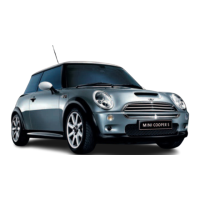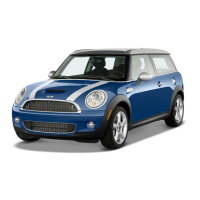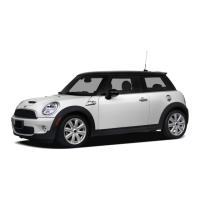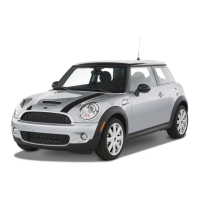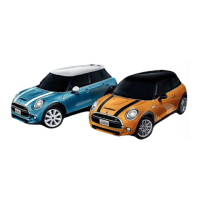be rotated in pairs between the axles to
achieve even abrasion. For more informa-
tion, contact an authorized service center
or another qualified service center or repair
shop. After changing a wheel, check the tire
pressure and correct as necessary.
Storing tires
Do not exceed the maximum tire pressure
specified on the tire sidewall, also when
storing tires.
When storing tires, note the following:
– Store wheels and tires in a cool, dry and
dark place.
– Protect tires from coming into contact
with oil, grease, and solvents.
– Do not leave the tires in plastic bags.
– Remove dirt from wheels or tires.
Repairing a flat tire
If you get a flat tire, take the following
safety precautions:
– Park the vehicle on solid and non-slip
ground at a safe distance from road traf-
fic.
– Switch on the hazard warning lights.
– Engage the parking brake.
– Turn the steering wheel until the front
wheels are in the straight-ahead posi-
tion and engage the steering wheel lock.
– As soon as permitted by the traffic flow,
have all vehicle occupants get out and
make sure that they remain outside the
hazardous area such as behind a guard-
rail.
– If necessary, set up the hazard triangle
or hazard warning lights at a suitable
distance.
Repair the flat tire, e.g., using a tire repair
set or by changing the wheel.
Runflat tires
Principle
Runflat tires permit continued driving un-
der limited conditions even in the event of a
complete tire pressure loss.
General information
The wheels consist of tires that are self-sup-
porting to a limited degree and may also
include special rims.
The reinforcement of the sidewall allows
the tire to remain drivable to a limited de-
gree in the event of a tire pressure loss.
Follow the instructions for continued driv-
ing with a flat tire.
Safety information
Warning
The vehicle handles differently when a
runflat tire has insufficient or no tire pres-
sure; for instance, reduced directional sta-
bility when braking, braking distances are
longer and the self-steering properties will
change. There is a risk of accident, injury,
or property damage. Drive moderately and
do not exceed a speed of 50 mph/80 km/h.
Warning
Vibrations or loud noises while driving
can indicate the final failure of a tire. Tire
components may come loose. There is a
risk of accident, injury, or property dam-
age. Reduce your speed and stop. Do not
continue driving. Contact an authorized
service center or another qualified service
center or repair shop.
Seite 294
MOBILITY Wheels and tires
294
Online Edition for Part no. 01405B37A59 - II/24

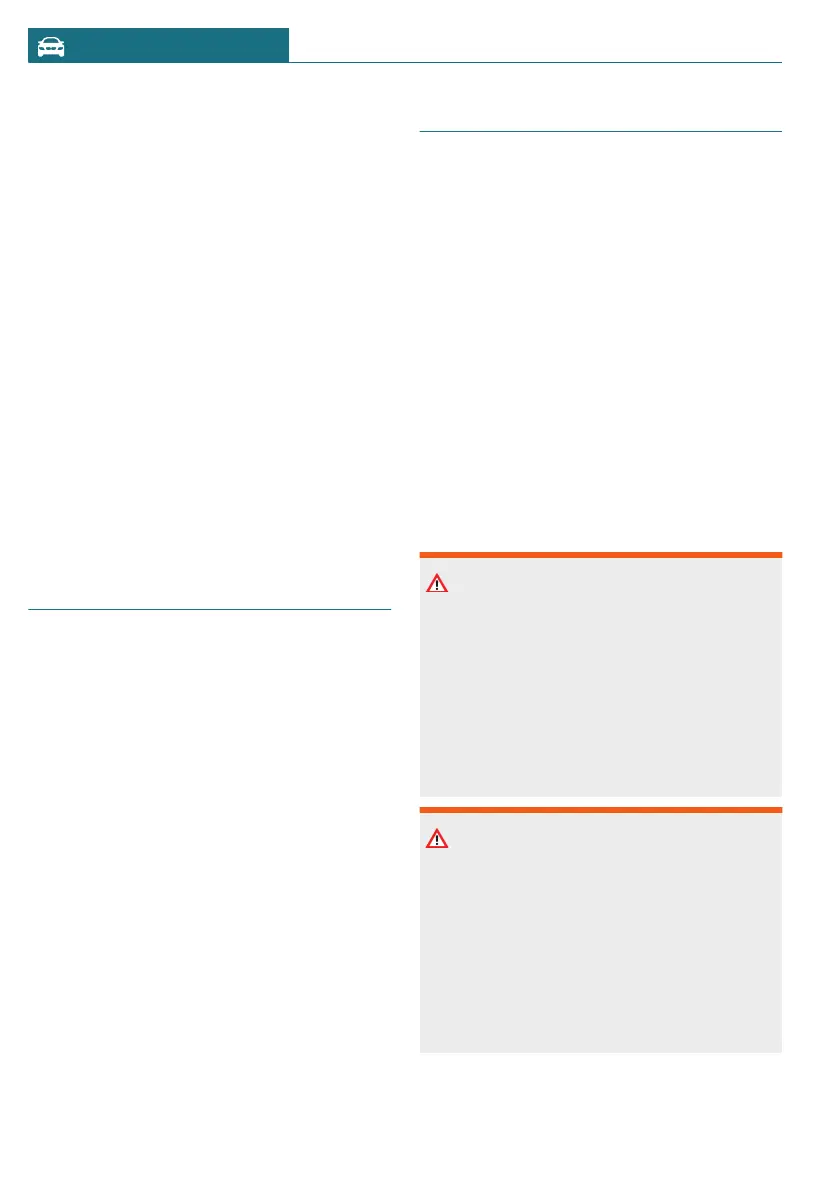